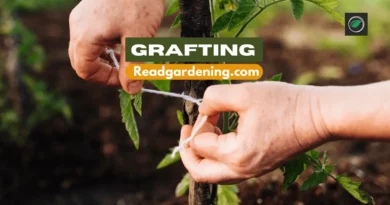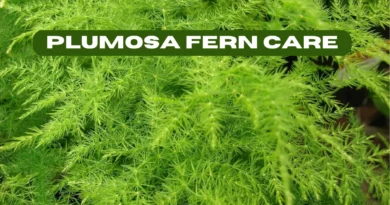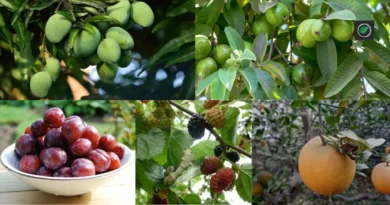Growing Beets Indoors: A Comprehensive Guide
Indoor Beet Cultivation: A Comprehensive Guide to Growing Beets Indoors
Indoor gardening has become a popular trend, and one vegetable that thrives in a controlled environment is the beetroot. Growing beets indoors not only allows you to enjoy their nutritious goodness year-round but also adds a touch of vibrant color to your indoor space. Choosing the right pots to harvest beets is covered in this comprehensive guide.
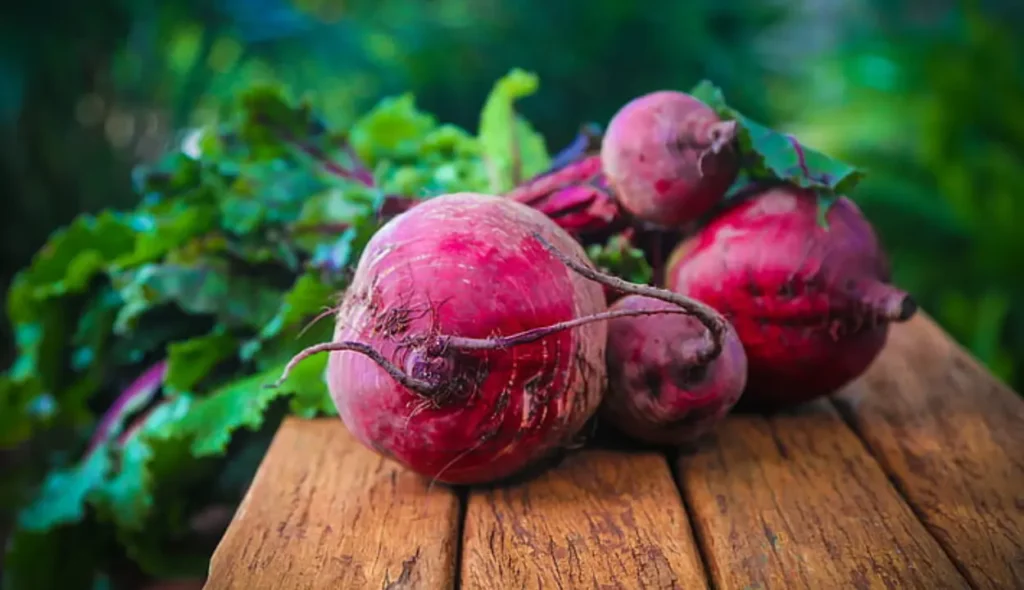
Table of Contents
Introduction
Beetroots, scientifically known as Beta vulgaris. They are not only loved for their earthy flavor and vibrant hue but also their high tolerance for various growing conditions.
Beetroots are a versatile root vegetable packed with essential nutrients like fiber, source of folate, and vitamin C. Beetroots are a versatile ingredient that is used in various foods around the world and especially used in salads.
Growing beets indoors not only provides a fresh supply but also offers a rewarding gardening experience. Indoor gardening has become increasingly popular due to its convenience and the ability to control environmental factors. With the right knowledge and some basic equipment, you can easily grow delicious and healthy beetroots in the comfort of your home.
Choosing the Right Beet Seed
When embarking on your indoor beet growing journey, there are wide range of varieties of beet and the first step is to select the right variety. Beetroots come in an array of colors and shapes, each with its unique taste and growth requirements.
Types of Beets Suitable for Indoor Growing
There are several types of beets that are highly suitable for indoor growing.
Detroit Dark Red:
This variety is a favorite among home gardeners due to its sweet flavor and deep red color. ‘Detroit Dark Red’ matures in about 60 days and thrives in a variety of conditions, making it an excellent choice for indoor growing.
Golden Beet:
As the name suggests, this beet variety has golden yellow roots. It has a sweet and mild flavor, and matures in about 55 days.
Chioggia:
This Italian heirloom variety is known for its striking candy-striped interior. ‘Chioggia’ beet have a sweet flavor, and are a beautiful addition to any indoor garden. They mature in about 55 days.
Bull’s Blood:
This variety has deep red leaves and stems, making it a great choice for both its edible roots and greens. ‘Bull’s Blood’ matures in about 50-60 days.
Selecting the Right Pot/Container Size
Choosing the correct container size is crucial for indoor beetroot cultivation. They are root vegetables and need ample space for their roots to grow and develop. A deep pot is ideal for beetroots because it provides sufficient room for the roots to expand. As a general rule, opt for a pot that is at least 10-12 inches deep and 12-14 inches in diameter.
Remember to ensure that your pot has adequate drainage holes. A good drainage system is essential to prevent waterlogging, which can lead to root rot. If the pot you choose does not have drainage holes, you can drill a few in the bottom.
The size of the pot also determines how many beet plants can be grown. For example, in a pot of 12 inches in diameter, you can typically plant 3-4 beet seeds. Always ensure the pot you choose gives your beet plants enough room to grow without competition for nutrients and space.
Watering Beetroot Indoors
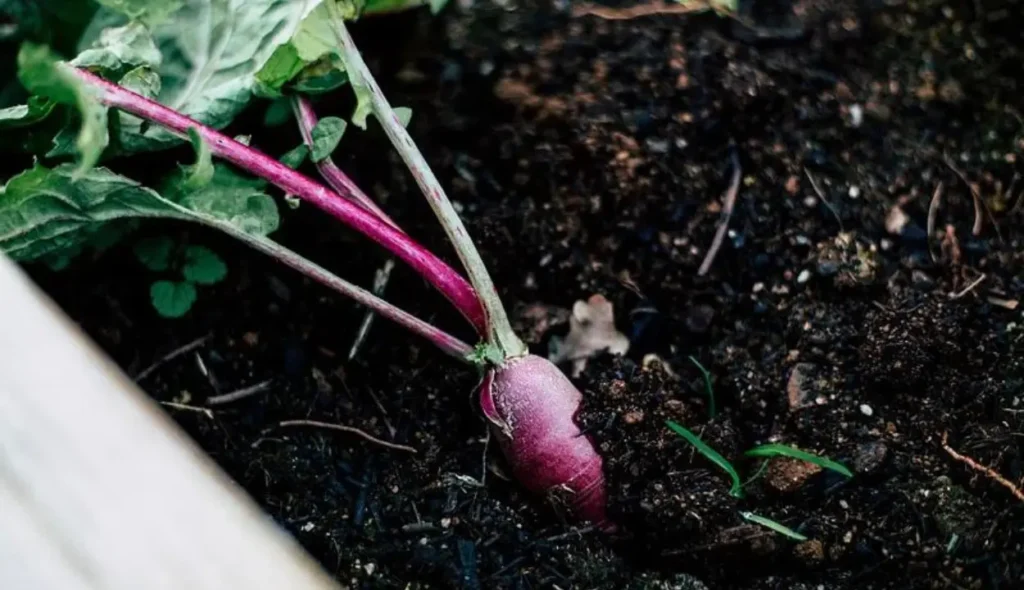
Watering beetroots indoors is more than simply dousing your plants with water. It’s about striking a balance, delivering the right amount of moisture your beetroot need to thrive without oversaturating.
Firstly, the best time to water your beetroots is in the early morning or late evening when evaporation rates are lower. This ensures that the water seeps into the soil, reaching the beetroot system, rather than evaporating on the soil surface.
Secondly, when watering, aim to wet the soil, not the plant. Directing water at the base of your beet plants helps prevent leaf diseases that can occur if the foliage stays wet for extended periods.
Moreover, consider the watering method. A popular technique is “bottom watering,” where plants are set in a tray of water, allowing them to absorb moisture through the drainage holes at their own pace. This method encourages deep root growth and reduces the risk of surface-level mold and mildew.
Additionally, avoid getting the leaves wet while watering to prevent fungal diseases. Water directly into the pot’s soil or use a drip irrigation system.
Right Soil for Growing Beetroot Indoors
Selecting the right soil is a critical element in successfully growing beets indoors. It is preferable for beetroots to grow in loose, well-draining, organically enriched soil. It’s advisable to use a mix of garden soil, compost, and perlite or vermiculite to ensure proper drainage and aeration, as well as nutrient availability.
Ensure the soil has a neutral to slightly alkaline pH (around 6.0-7.0). A pH outside this range can reduce nutrient availability and hinder growth. You can test soil pH using a soil testing kit and adjust it as needed with garden lime (to raise pH) or sulfur (to lower pH).
Sunlight Requirements for Growing Beets Indoors
Sunlight plays a crucial role in the growth and development of beetroots. As photosynthesizing plants, They require a significant amount of sunlight to produce the energy they need to grow.
If you have a sunny window that receives direct sunlight for most of the day, that would be an excellent place for your beet plants. South-facing windows are often the best choice for indoor gardening because they receive the most sunlight throughout the day.
However, if 6-8 hours of sunlight is not available – perhaps you live in a low-light environment or your window doesn’t get enough direct sunlight, then artificial grow light can supplement or replace natural sunlight.
Temperature Requirements for Indoor Beets
Ideal temperatures for beetroot growth range between 50°F (10°C) and 85°F (29°C). The seeds will have the best germination rates when soil temperatures are between 50°F and 85°F. However, beets can tolerate temperatures as low as 40°F (4°C) and as high as 95°F (35°C).
Beets are cold-tolerant, making them a great option for indoor gardening year-round. However, excessively cold temperatures can slow their growth and delay maturity. On the other hand, high temperatures, especially above 85°F, can lead to bolting – when the beet plant starts to flower and produce seeds prematurely, resulting in smaller and tougher roots.
How to Sow Beetroot Seeds Indoors?
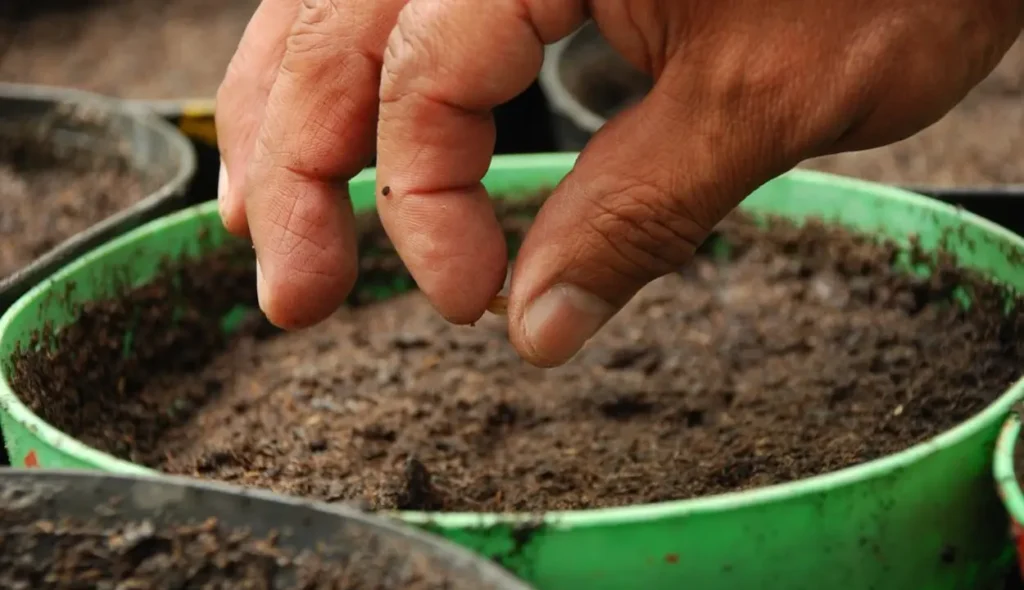
Sowing beetroot seeds indoors is a simple process that requires precision and care. Start by filling your selected pot with the prepared soil mix. Level the soil surface and moisten it slightly using a water sprayer, ensuring it’s damp but not waterlogged.
Make small holes in the soil, about 1 inch apart and 0.5 inch deep to plant beet seeds. Place one beet seed in each hole, ensuring that it’s adequately covered with soil. Beets typically germinate within 5-10 days, so monitor your pot for the appearance of seedlings.
Water the soil gently but thoroughly using a spray bottle or watering can with a fine rose attachment to avoid dislodging the seeds. This provides the moisture necessary for the seeds to germinate.
Fertilizing Indoor Beetroots
To ensure robust growth and a healthy harvest, indoor beetroots require regular fertilization. A balanced, all-purpose fertilizer, with equal parts nitrogen, phosphorus, and potassium (known as a 10-10-10), is generally recommended. Begin applying the fertilizer about 3 weeks after planting or when plants are 3 to 4 inches tall, and continue on a monthly basis.
Slow-release organic fertilizers are another excellent choice for indoor beets. These break down over time, providing a steady supply of nutrients to the beet plants. Organic matter like compost, seaweed extract, and animal manure are not only beneficial for beetroot but also improve the overall quality of your indoor soil.
Excessive fertilization can result in excessive leaf growth at the expense of root growth. To avoid this, apply the fertilizer at a rate suggested by the manufacturer, or slightly less.
Common Beet Pests and Diseases
Pests:
The most common pests that afflict indoor beets are aphids, root maggots, and flea beetles.
Diseases:
The most common beetroot diseases are leaf spot, powdery mildew, and root rot.
Controlling pests and diseases
Aphids, root maggots, and flea beetles can be managed using organic insecticides. Regularly removing dead leaves and maintaining good air circulation can prevent diseases such as leaf spots and powdery mildew. For root rot, it’s crucial to avoid overwatering and ensure the soil has good drainage.
Harvest Time of Indoor Beetroots

Indoor beetroots are typically ready to harvest about 50-70 days after planting. To ascertain if your beets are ready, look for the top of the beetroot – the beet “shoulder” – pushing out of the soil. This typically indicates that the beetroot has reached an appropriate size for harvesting. In terms of size, a beetroot with a diameter of about 2-3 inches usually offers the sweetest flavor.
To harvest, gently hold the beet green at the base and pull up. If the beetroot resists, it may help to use a hand fork to loosen the soil around the beetroot first, taking care not to damage the beet itself.
Conclusion
Growing beets indoors offers a rewarding and nutritious gardening experience. By following the guidelines in this comprehensive guide, you can enjoy a fresh supply of beetroots throughout the year. From choosing the right pots to providing adequate lighting, watering, fertile soil, and harvesting, each step plays a crucial role in ensuring the success of your indoor beet garden.
So, why not give it a try? Enjoy the process, experiment with different beet varieties, and savor the satisfaction of growing your own delicious produce right at home.
FAQs
Q1: Can I grow any variety of beetroot indoors?
Yes, most beetroot varieties can be grown indoors. However, smaller varieties are often easier to manage in an indoor environment.
Q2: How often should I water my indoor beetroot plants?
Water your beets when the top 1″ of soil feels dry to the touch. The roots of your plants can rot if they are overwatered.
Q3: Can I use ordinary garden soil for indoor beets?
It’s recommended to use a well-draining soil mix for indoor beets. Garden soil can compact over time and hinder root development.
Q4: What should I do if my beetroot plants start flowering prematurely?
If your beetroot plant starts flowering or “bolting,” it means the plant is under stress, possibly due to high temperatures. Unfortunately, bolting plants often produce smaller and tougher roots.
Q5: My indoor beetroots have lots of leaf growth but the roots are small. Why is this happening?
Over-fertilization can lead to excessive leaf growth at the expense of root development. Make sure to apply fertilizer at the recommended rate or less. Additionally, ensure your beetroots have enough space to grow and adequate lighting. Experimenting with different fertilizers and pot sizes may also help improve root growth.


